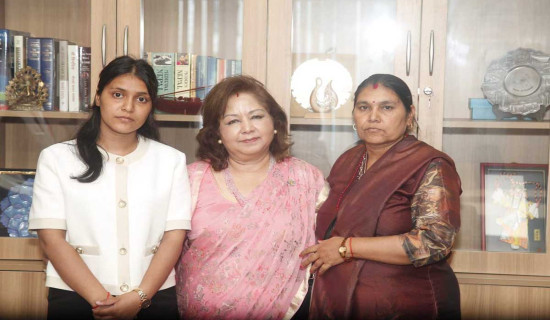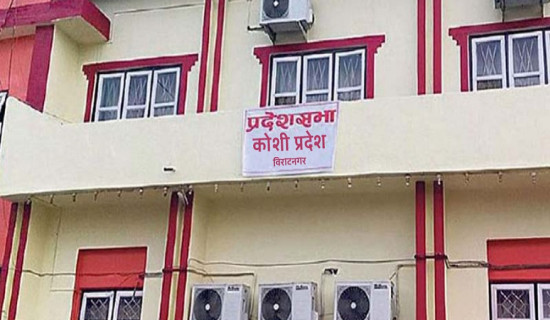- Monday, 25 August 2025
The Changing Shades Of Dashain
Cool breeze, kites in the sky, crowded shops and people heading home in droves. Yes, all these phenomena indicate that Nepalis are gearing up for their greatest festival – Dashain. It carries key cultural identity of Nepalis.
Culture is formed and nourished by faiths, norms, ideas and rituals. Dashain is not merely a cultural celebration. It reflects social harmony, virtuous values and economic dynamism that a society needs for its vibrancy, viability and resilience. When our forebears began to celebrate Dashain, the society was in agrarian stage. With social, economic and demographic changes, the nature and ways of celebrating Dashain have also undergone a sea change. The elements of migration, urbanisation and rise of nuclear family, digitalisation and globalisation of economy have put the Nepali society in a state of flux. So has been Dashain.
Dashain is receiving urban colour with the fast pace of modernisation of the society. Those, who were brought up and lived in villages, had different experiences of Dashain from those who left villages in their early years or were raised in the cities. For many grown-ups, including this scribe, Dashain evokes a sense of nostalgia. It was a moment of pure bliss. Delicious meat, new clothes and Dakshina remained special attraction for the children and young people. However, the essence of Dashain goes way beyond this material happiness. It boosts familial bond, renews ties among the relatives and buttresses social unity. Dashain celebration becomes more vibrant when there are joint families.
Dashain excitement
As this pen-pusher recalls, the entire rustic community got exulted and swung into action to conduct the merrymaking activities with the start of Dashain. It is intrinsically connected to the nature. Villagers used to gather and discuss to set up linge ping (swing) in the open fields. For this, they travelled to forests to bring bamboo poles and khar (dry grass). Khar is used to make lattha (thick rope). The installation of swing generated enthusiasm among the locals as it is an important part of entertainment during the festival. There has been a belief that the people have to go off the ground on the day of Bijaya Dashami, the main day of Dashain, to fulfill certain religious tradition.
So the villagers thronged the swing poles to play it. The female members went to the jungle to take sal ko paat (leaves of Shorea robusta), and rato mato and kamero mato (red and white clay). Yours truly has a fond memory of walking along with his mother and her friends for 10-km to dig the mound of red soil in the forest when he was a kiddy. This special kind of soil was used to smear the houses on the occasion of Dashan.
Many of today’s urban youths may not have this sort of experience and involved in such activities associated with Dashain that is connected to various myths of ancient time. Dashain symbolises the victory of good over evil, providing ethical ground to celebrate the festival with the specified religious rituals and norms. This moral side of the festival inculcates spiritual values into the people while inspiring them to follow the right path.
Familial bonhomie that the great festival promotes is now on the wane due to the social, economic and demographic shift. These have resulted in the massive internal and external migration. Today more than four million Nepalis live outside the country. Back home, their elderly parents celebrate the festival in the absence of their loved ones, turning the festival into a moment of melancholy and loneliness for many.
Still there exists a kind of organic bond between villages and Dashain.
More than two million people have left the Kathmandu Valley by Friday to mark Dashain in their home districts. The people who have been staying in cities also prefer to celebrate Dashain in their own villages, a fact that implies a significant value Dashain holds for the village folks. It is not that urban residents do not mark Dashain with similar fervour. But the emotional intimacy that Dashain oozes out in villages is hardly felt in the urban environment.
Extravagance and ostentation have crept into the spiritual value of Dashain in the cities. For a certain section of people, Dashain has become a pretext to show off in the community. As the Nepali society is still strained by poverty, inequality and exclusion, lavish activities during Dashain do not honour and enhance its inherent values.
Digital dimension
As many young people have gone abroad for work and study, the digital devices have new means to mark Dashain. The internet has eliminated the physical distance, enabling the separated family members to communicate and share their light moments. The popular social networking sites have given rise to what we call 'digital Dashain.' The parents offer tika and blessing to their offspring via the video. Dakshina (monetary gift) is also provided digitally. This has, to some extent, connected the close kins living in far-off places.
But, unlike the physical Dashan, the virtual one can hardly generate warmth and intimacy. The rising trend of consumerism has also eroded the values of Dashain, thanks to the unfettered capitalism and unregulated market economy where humanitarian values are often superseded by the elements of insatiable profit, greed and
exploitation. Our social fabric is bolstered by joint families and social solidarity. The nuclearised families do not promote cohesive social structure. Neither do they create an ideal and cooperative society.
It is true that the globalisation has popularised and spread Dashain in many nations where the Nepalis mark the festival with zest and jubilation. No doubt, the digitalisation has overcome the constraints of physical distance and time but they are not promoting a kinship-based society. Social media has driven the people to flaunt their wealth and ego.
The tendency to prioritise material wealth over family bond does not promote the spirit of Dashain. It is the responsibility of all Nepalis to promote the values of Dashain – familial bonhomie, reunion of family members and social harmony. It should be a viable means to boost unity and identity of Nepalis, not an occasion to display one’s status and profligacy in the community.
(The author is Deputy Executive Editor of this daily.)

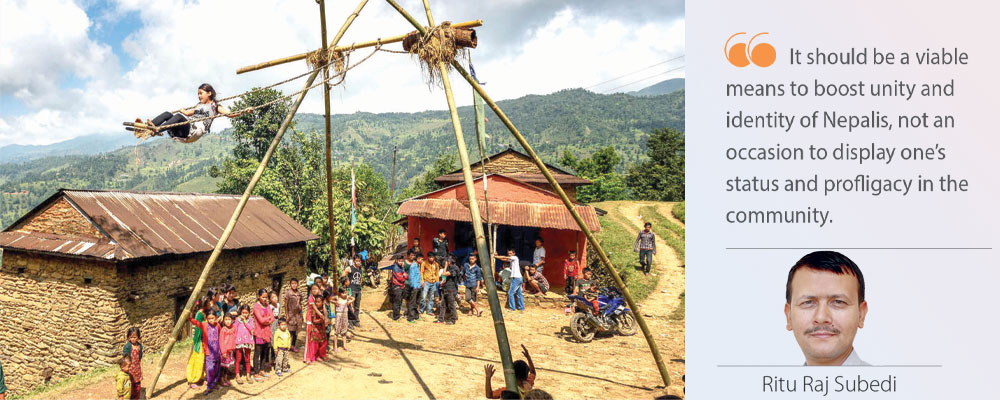

-original-thumb.jpg)
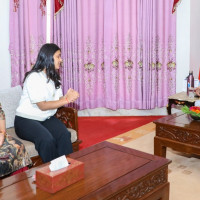
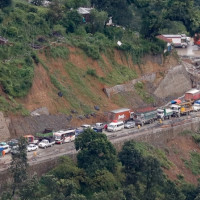


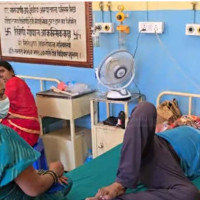
-original-thumb.jpg)
-original-thumb.jpg)
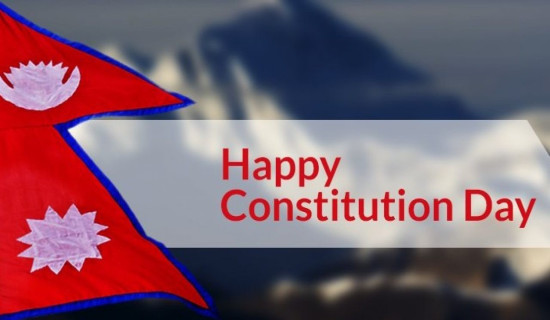
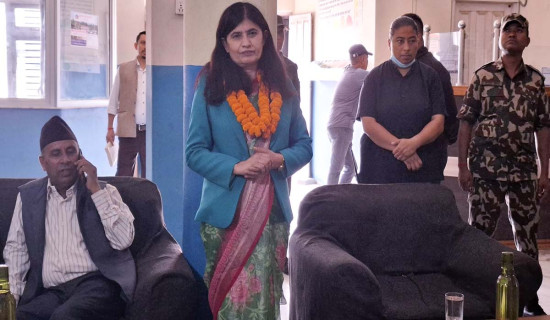
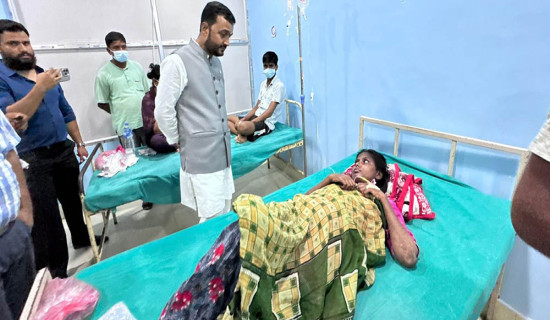
-original-thumb.jpg)
